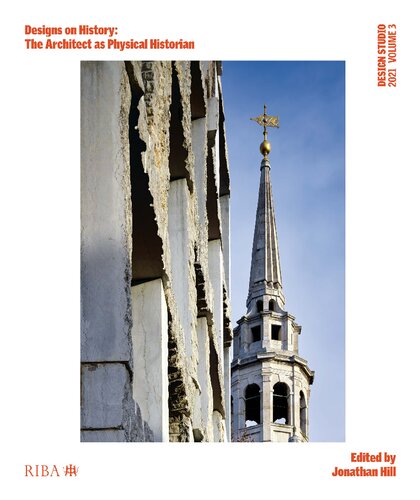

Most ebook files are in PDF format, so you can easily read them using various software such as Foxit Reader or directly on the Google Chrome browser.
Some ebook files are released by publishers in other formats such as .awz, .mobi, .epub, .fb2, etc. You may need to install specific software to read these formats on mobile/PC, such as Calibre.
Please read the tutorial at this link: https://ebookbell.com/faq
We offer FREE conversion to the popular formats you request; however, this may take some time. Therefore, right after payment, please email us, and we will try to provide the service as quickly as possible.
For some exceptional file formats or broken links (if any), please refrain from opening any disputes. Instead, email us first, and we will try to assist within a maximum of 6 hours.
EbookBell Team

4.0
76 reviewsEach architectural design is a new history. To identify what is novel or innovative, we need to consider the present, past and future. We expect historical narratives to be written in words, but they can also be delineated in drawing, cast in concrete or seeded in soil. The aim of this volume is to understand each design as a visible and physical history. Historical understanding is investigated as a stimulus to the creative process, highlighting how architects learn from each other and other disciplines. This encourages us to consider the stories about history that architects fabricate. An eminent set of international contributors reflect on the relevance of historical insight for contemporary design, drawing on the rich visual output of innovative studios worldwide in practice and education. Wide ranging and thought-provoking articles encompass fact, fiction, memory, time, etymology, civilisation, racial segregation and more. Features: Elizabeth Dow, Pezo von Ellrichshausen, Terunobu Fujimori, Perry Kulper, Lesley Lokko, Yeoryia Manolopoulou, Niall McLaughlin, Aisling O’Carroll, Arinjoy Sen, Amin Taha and Sumayya Vally.